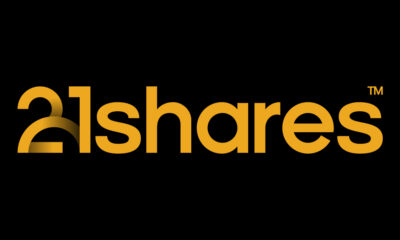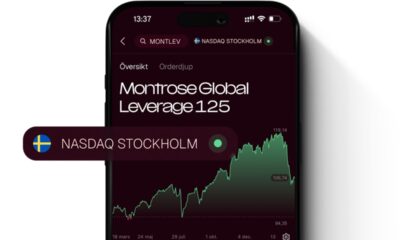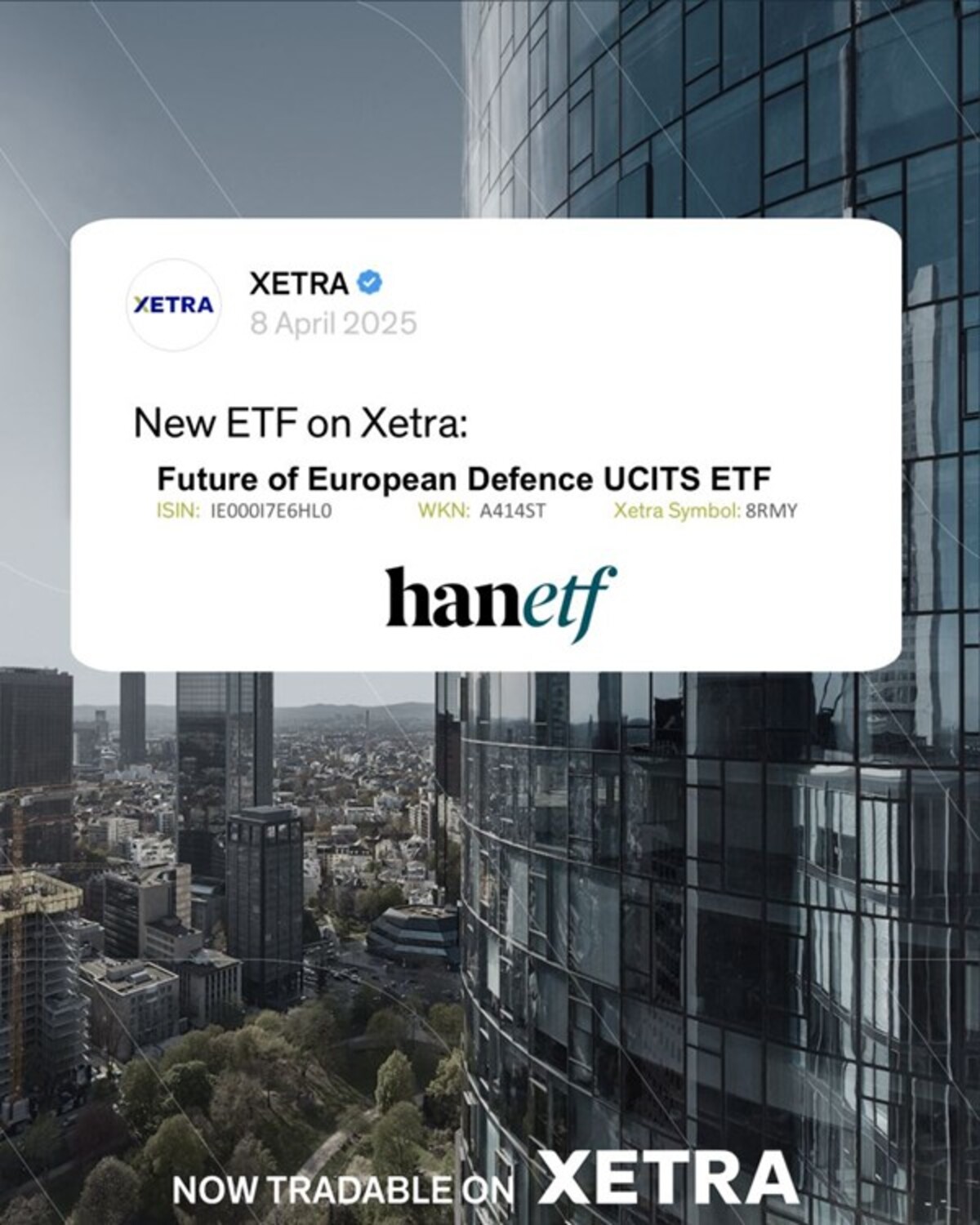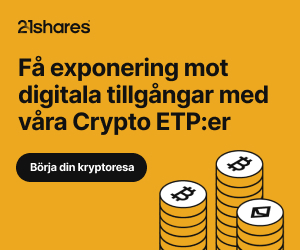ETF Securities Research – OPEC meeting offering false hope?
Highlights
- Diplomatic efforts by Saudi Arabia and Russia prompt hopes for a joint production agreement at the upcoming meeting.
- Any agreement is likely to be superficial and fail to accelerate rebalancing of the global oil market.
- The CAD and NOK look set to resume their decline against the US Dollar.
Diplomatic attempts lift oil
OPEC returned to centre stage last Tuesday as news of diplomatic efforts made by Saudi Arabia and Russia to implement a production agreement sparked a 5.7% rally in crude benchmarks. The upcoming OPEC meeting, scheduled for the 30th November, is highly anticipated as it could result in a coordinated production cut by the cartel (as agreed earlier in the year in Algiers) and is therefore a pivotal event in determining the future of both oil prices and associated currencies (CAD & NOK). Historically, OPEC members have been poor at keeping to production limits but on this particular occasion obstacles are even larger as many of the member nations are under considerable financial and political strain. Therefore, it is our view that risks to oil prices remain firmly skewed to the downside and it is increasingly likely that the USD/CAD and USD/NOK will continue on their current upward trend to the end of the year.
Deal or no deal
The preliminary agreement at Algiers was for the oil cartel to reduce production to between 32.5 and 33 million barrels per day (mbpd), with Nigeria, Libya and Venezuela exempt from any arrangement. This would translate into a reduction of oil output of 0.6-1.1mbpd from October levels which, according to the International Energy Agency (IEA), would help balance the global oil market earlier than their current estimate of Q3 2017. In theory this is a very bullish prospect for oil prices but in practice imposing a coordinated production limit is complicated; particularly when the aim is to also coerce the likes of key non-OPEC oil producers like Russia to participate.
(Click to enlarge)
Firstly, within OPEC, certain members have already started to show signs of foul play, either by demanding exemption or by inflating reported output figures with the hope of building a safety margin into any agreement. For instance, officials from Iraq have clearly stated that they do not intend to reduce production or participate in any agreement, citing their war on the Islamic State (ISIS) as sufficient reason for exemption. Also, in the latest monthly OPEC publication, the difference in reported output between secondary sources and direct sources totalled a positive 0.54mbpd for Iran and Iraq alone, a huge difference. For those nations that have been offered some form of formal exemption or are seeking it, namely Iraq, Nigeria and Libya, increases in
production has been sharp in recent months (see Figure 1) which increases the burden on Saudi Arabia to curb output. Outside of OPEC group, the higher range of oil prices in the second half of this year has caused the number of active oil rigs in the US to increase by 40% since June and production has started to climb from an October low of 8.45mbpd. All these factors mean that curbing output meaningfully is going to be difficult for OPEC and so any deal that may emerge from the meeting could merely offer false hope. Potential market optimism that results and spurs a rally in oil prices and oil linked currencies is likely to be short lived and could be seen as an opportunity to establish short positions.
Resistance to prove weak
Since the surprise Trump victory, the US Dollar has rallied strongly against the CAD and the NOK to trade at near short term resistance levels. The USD/CAD is retreating from 1.357, a 50% retracement level from the steep decline earlier in the year, while the USD/NOK is near the top of its recent 8-8.5 range. However, we feel as though both these pairs are on strong upward trends and a failure to reach an agreement in Vienna has potential to trigger moves to the upside beyond these resistance levels.
Investors wishing to express the investment views outlined above may consider using the following ETF Securities ETPs:
Currency ETPs
EUR Base
ETFS Long CAD Short EUR (ECAD)
ETFS Short CAD Long EUR (CADE)
ETFS Long NOK Short EUR (EUNO)
ETFS Short NOK Long EUR (NOEU)
GBP Base
ETFS Long CAD Short GBP (GBCA)
ETFS Short CAD Long GBP (CAGB)
ETFS Long NOK Short GBP (GBNO)
ETFS Short NOK Long GBP (NOGB)
USD Base
ETFS Long CAD Short USD (LCAD)
ETFS Short CAD Long USD (SCAD)
ETFS Long NOK Short USD (LNOK)
ETFS Short NOK Long USD (SNOK)
3x
ETFS 3x Long CAD Short EUR (ECA3)
ETFS 3x Short CAD Long EUR (CAE3)
5x
ETFS 5x Long CAD Short EUR (ECA5)
ETFS 5x Short CAD Long EUR (CAE5)
Currency Baskets
ETFS Bullish USD vs Commodity Currency Basket Securities (SCOM)
ETFS Bearish USD vs Commodity Currency Basket Securities (LCOM)
*All figures quoted are sourced from Bloomberg unless stated otherwise.
Important Information
This communication has been provided by ETF Securities (UK) Limited (“ETFS UK”) which is authorised and regulated by the United Kingdom Financial Conduct Authority (the “FCA”). The products discussed in this document are issued by ETFS Foreign Exchange Limited (“FXL”). FXL is regulated by the Jersey Financial Services Commission.
This communication is only targeted at professional investors. In Switzerland, this communication is only targeted at Regulated Qualified Investors.

 Nyheter3 veckor sedan
Nyheter3 veckor sedan
 Nyheter4 veckor sedan
Nyheter4 veckor sedan
 Nyheter2 veckor sedan
Nyheter2 veckor sedan
 Nyheter4 veckor sedan
Nyheter4 veckor sedan
 Nyheter2 veckor sedan
Nyheter2 veckor sedan
 Nyheter1 vecka sedan
Nyheter1 vecka sedan
 Nyheter6 dagar sedan
Nyheter6 dagar sedan
 Nyheter3 veckor sedan
Nyheter3 veckor sedan























